How to Write Persuasive Product Descriptions for eCommerce
Imagine this: You’ve just launched a great product, and it’s now available on shelves.
Your salesperson is skilfully guiding a customer through what makes the product stand out — highlighting its features, adding a touch of humor, and offering helpful recommendations.
The result? The customer decides it’s worth the money and brings the product straight to checkout. (Rather than, in most situations, giving a polite nod and walking off.)
Your top salesperson = what a good product description looks like.
Now, let’s take a closer look at what it takes to write a product description that truly resonates with your customers.
Are Product Descriptions Really That Important?
The short answer: Yes.
In ecommerce, the impact of accurate and detailed descriptions are often underestimated. Studies show that 85% of consumers consider them important when making a purchase decision.
A case study on a lighting and decor provider revealed that simply by adding descriptions to all their product pages, they achieved a 17.4% increase in conversion rate and a 3.1% increase in revenue.
Other benefits of a well-written product description are: it helps to increase online visibility (e.g., search engine rankings) and increases the brand’s credibility.
What Makes an ecommerce Product Description Good?
A good product description does more than just summarise the item, it answers the following questions:
- What does this product do?
It tells customers the key benefits, features, and uses. - How does this product help me?
It persuades customers by sharing exactly what pain points/problems the product solves. - What makes this product THE choice?
It persuades customers by sharing how the product stands out among other products in the market.
A great example is Hydro Flask’s Wide Mouth Travel Bottle product description:
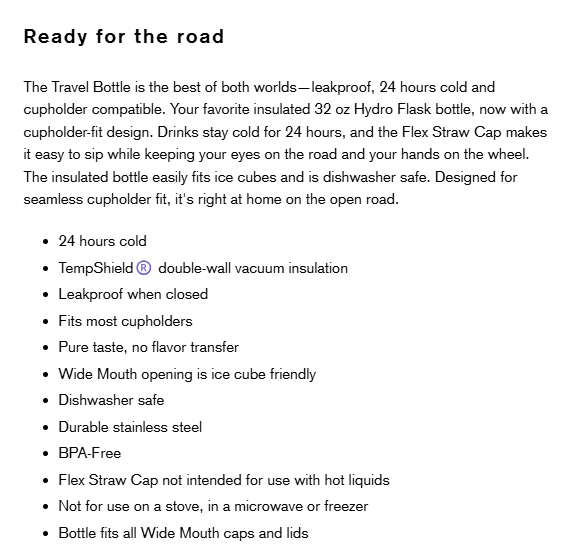
It smartly answers all the questions above. Firstly, Hydro Flask clearly highlights the features/benefits of the bottle: leakproof, 24 hours cold, etc.
It also touches on the problems it solves: easy to sip while driving, fits in a cup holder; and what makes it better than competitors: wide mouth opening is ice cube friendly, flex straw cap.
The result is a description that shares enough information on what the product is, while persuading customers that it’s the right/best choice.
How to Write Persuasive Product Descriptions That Sell [With Examples]
In this section, let’s look at eight proven strategies to write descriptions that convey the uniqueness and value of your product:
1. Write for Your Target Audience
Before you start writing, get to know your audience. Are they budget-conscious? Is sustainability important to them? Do puns or wordplay appeal to or scare them away?
Speak their language and address their concerns. Every target audience has unique pain points and good descriptions tackle them directly.
A notable example is the Stanley cup which grew immensely popular in 2023 among a young, female demographic on TikTok.
Let’s take a look at how they describe their New Frequency Quencher ProTour:
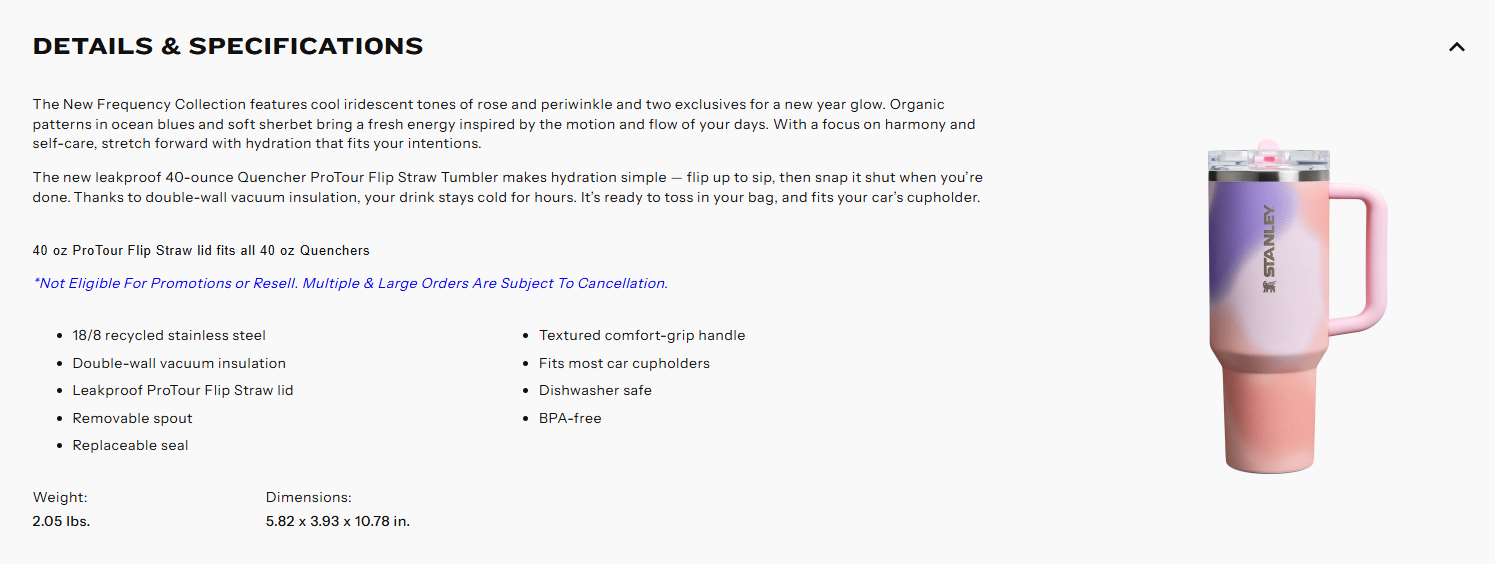
With phrases like “cool iridescent tones”, “new year glow”, and “focus on harmony and self care”, this Stanley cup appeals to a trend-conscious, wellness-focused, female audience — especially teenagers, college students, and young adults.
How to get started? We recommend creating an Ideal Customer Persona (ICP) — a detailed profile of your business’s most valuable customer.
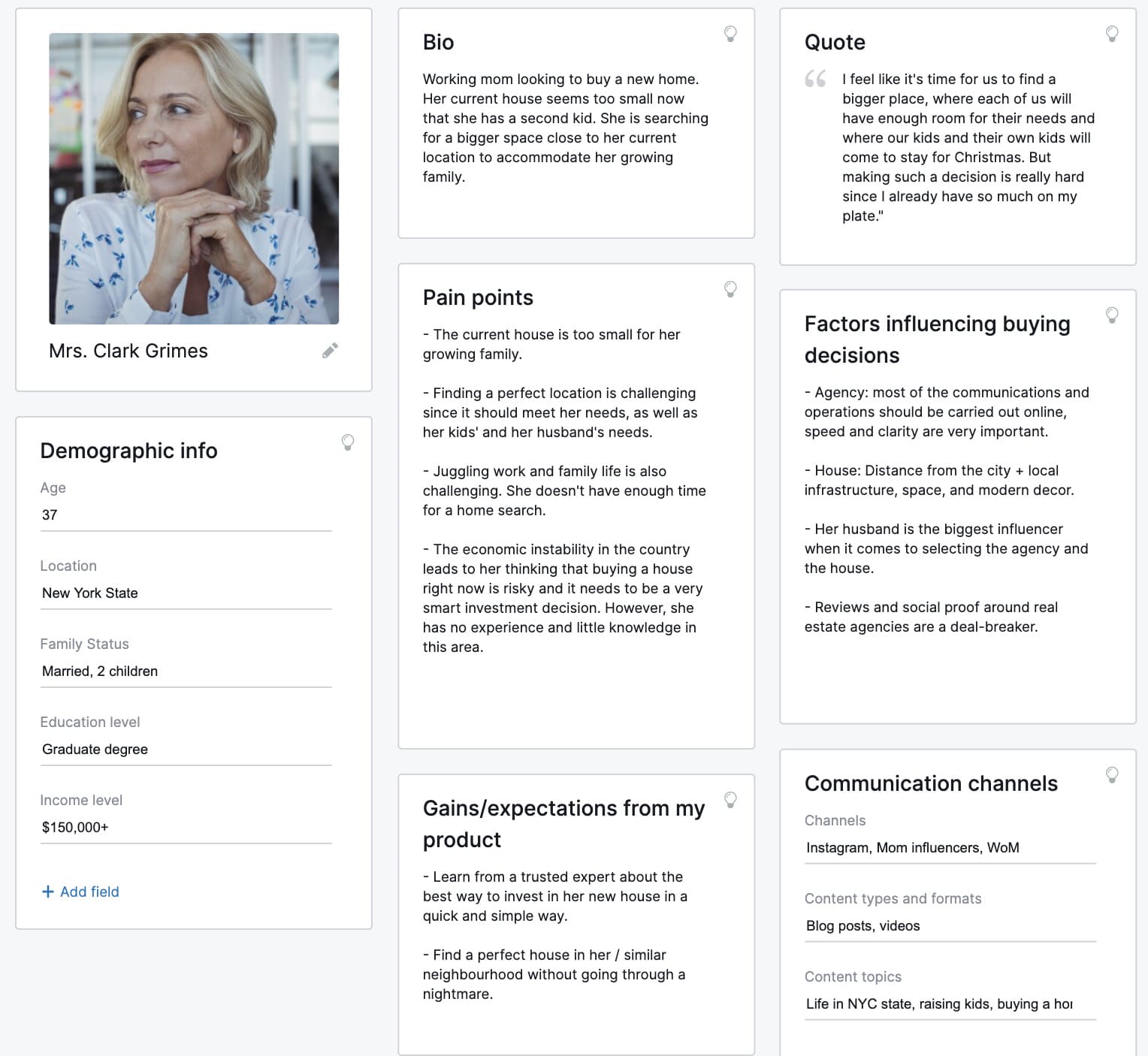
Buyer Persona generated with Semrush’s Persona Tool (Source: Semrush).
This should include information about their demographics, interests, needs, and behaviors. Here’s an example of what your ICP might include:
- Name
- Gender
- Age
- Location
- Work
- Personality
- Hobbies
- What’s important to them
- Preferred social media platforms
- Anxieties and concerns
If you’re focusing on Business-to-Business (B2B), your ICP might look more like this:
- Company size
- Job title
- Pain point you’re solving
- Company’s unique way of working
- Specific tech used
- Type of business
- Price point
- Geo
- A unique place the user spends time
2. Highlight Benefits, Not Features
Instead of just listing specifications, explain how your product solves a problem or improves the user’s life. Features tell, but benefits sell — so tell users why each feature matters.
For example, instead of saying “This model has a wider midsole”, Nike says “The midsole of this model is wider and taller than the last for even more cushioned comfort”.
This shifts the focus from what the product is to how it improves the customer’s experience, putting themselves (quite literally) in the user’s shoes.
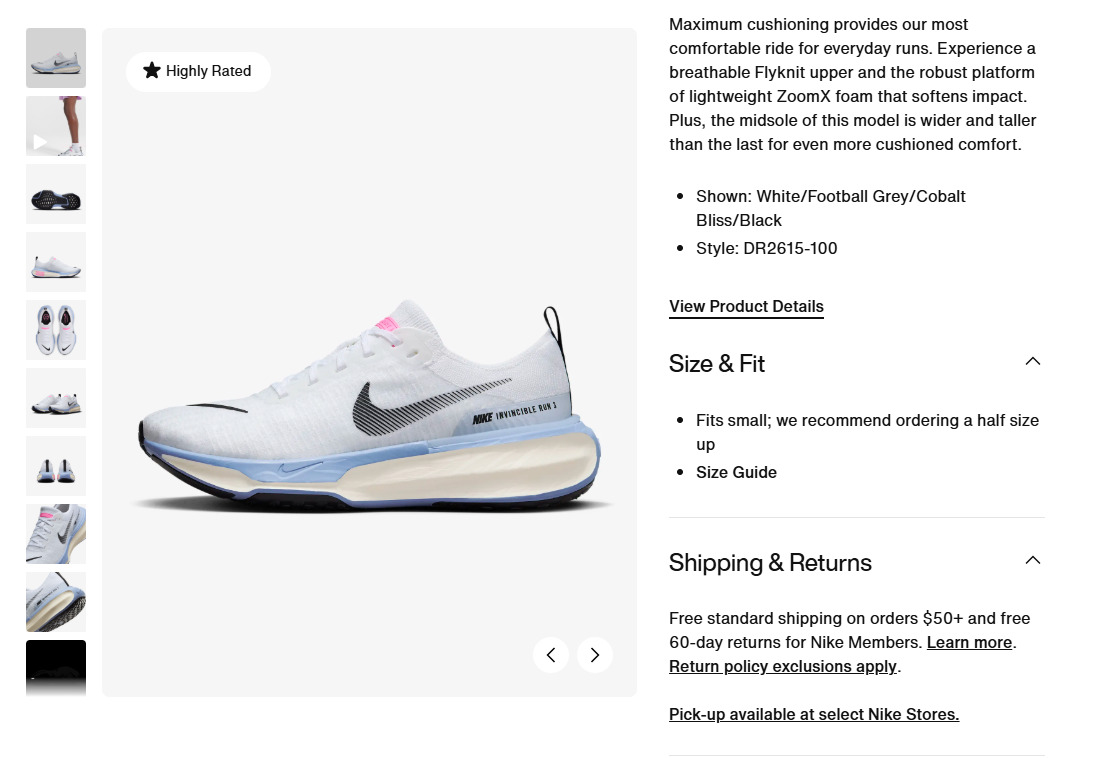
The best way to differentiate features and benefits is asking yourself “so what?”. Using the Nike example again:
- Maximum cushioning. So what? It “provides our most comfortable ride for everyday runs”.
- ZoomX foam. So what? It “softens impact”.
3. Incorporate Lifestyle Copywriting
Help customers imagine how the product fits into their lives. Describe situations where the product would come in handy.
The goal is to create a vivid image of the product in action, showing how well it fits into their lifestyle and/or habits — helping customers feel more confident about their purchase decision.
For instance, if you’re selling an electric grill, which among your target audience is typically used for picnics and barbeque parties, describe how it makes hosting guests easier.
Lumin executes this well with their Outdoor Electric Grill:
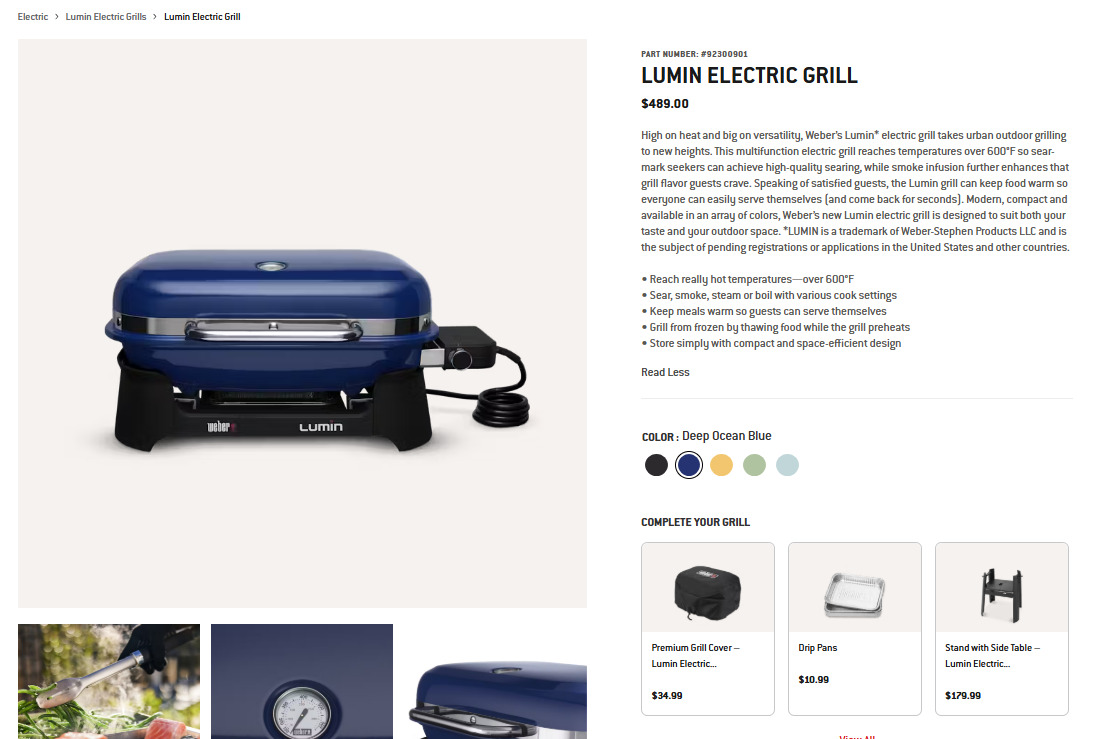
The smoky infusion “enhances the grill flavour that guests crave” and the the keep-warm function makes it so that “guests can serve themselves (and come back for seconds)”.
4. Make Sure It’s Scannable
Most users don’t read word by word — they scan.
So make key points stand out with:
- Short paragraphs
- Bullet points
- Bold text
- Whitespace
- Readable font size
- Good quality visuals
This improves readability and makes it easier for customers to get the overall gist of the product offerings. To illustrate, let’s look at the before-and-after of two “bad examples”.
Bad Example 1: High Cultured Speedway Champ Baseball Cap
Elevate your streetwear game with this sleek, sporty cap! Made with premium materials for comfort and durability, it’s perfect for daily wear. Stand out like a true champ — grab yours now and level up your casual style! Every cap offers 100% cotton comfort, a premium embroidered design, a classic 6-panel structure, and timeless baseball cap vibes. P.S. The actual product color may slightly differ by 3-5% from what is shown in the product images due to variations in devices. The product size measurement may slightly differ by 0.6+- inches.
Compared to this dense prose, here’s how High Cultured actually wrote their cap description:
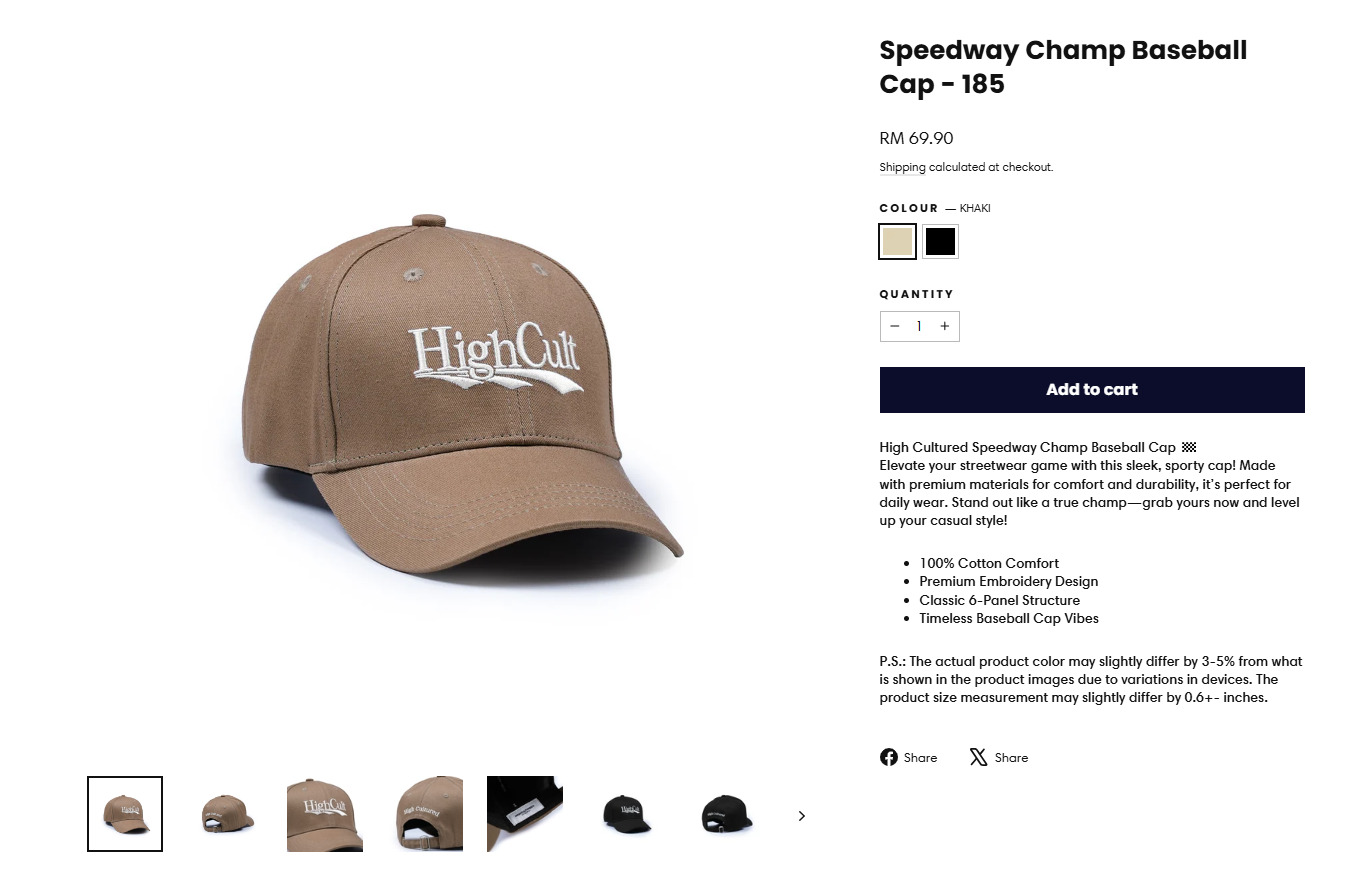
They keep it simple — making good use of short paragraphs, bullet points, and white space to keep a more “clean” visual and clearly showcase the key features/benefits and uses.
Bad Example 2: Lime City Bag Features
- Adaptable gathered handle: Shutting the bag is a breeze with the adjustable gathered handle design. Pull it secure, adding both function and style. Opt for a chic knot or a streamlined look. Its adjustable length offers comfort for hand or shoulder carry.
- Magnetic closure: Leave nothing behind (except bad vibes) with the robust magnetic closure snaps. It shuts swiftly, ensuring hassle-free access in your everyday adventures.
- Adjustable shoulder strap: Effortlessly switch between carrying your everyday essentials on your shoulders or in a sling mode, thanks to the detachable and adjustable design.
- Stress pillow included: Cotton-filled and mini-sized, this pillow packs a punch for fun and stress relief. It’s puffy and embroidered, giving it that classic pillow look. It’s iconic.
Unlike this wordy bulleted list, here’s how Anatomy actually structured their content:
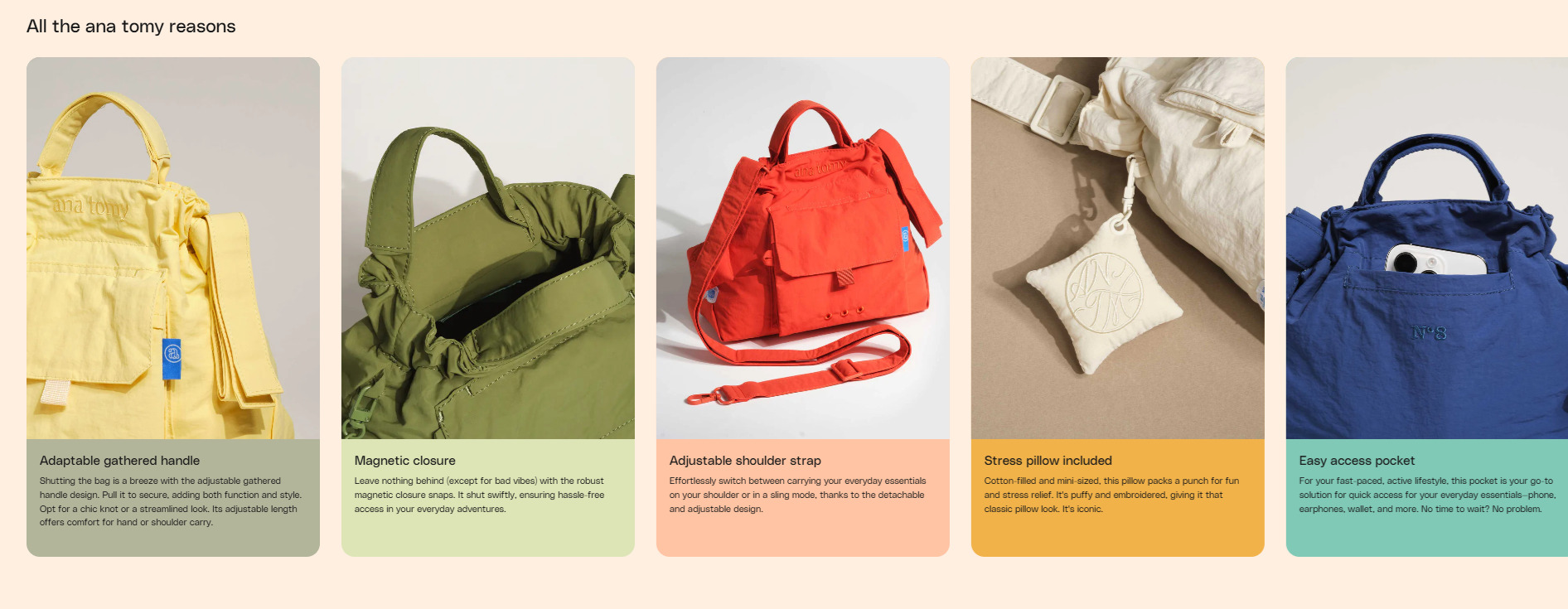
Going down the more visual route, this section fully utilises compelling product images to highlight each bag feature, together with bolded headings and short but sweet elaborations
5. Use Sensory Words and Phrases
Words like “rich,” “creamy,” or “firm” probably conjure up vivid sensations and thoughts of this texture.
Sensory words help your customers imagine the feel, taste, smell, or look of your product.
Interestingly, a 2023 study found that sensory language boosted the perceived “authenticity” of influencers, increasing engagement and purchases with sponsored content.
For example, we found Beauty of Joseon’s copy for their Dynasty Cream particularly compelling:

They used sensory words like “firm and creamy” to describe the texture and “gentle, glowy, moist” to describe the final results.
This helps customers picture the experience and feel more connected to the product.
Using sensory language can make your description more appealing and persuasive. It makes customers want to try it because they can almost experience it in their mind.
6. Add Visuals
Including images or videos alongside your product descriptions is key to helping customers see exactly what they’re getting.
Photos show off the product from different angles, while lifestyle images can show how it’s used. High-quality visuals help build trust and make the product feel more real.
Thursday Boot Co. executes this perfectly with their Men’s President Lace-up Boot:

They include detailed photos of the boots from all angles (with the option to enlarge and zoom), lifestyle images showing the boots in outdoor settings, and a simple 360° product video that allows customers to fully inspect the item before purchase.
Another great example is the Nintendo Switch:
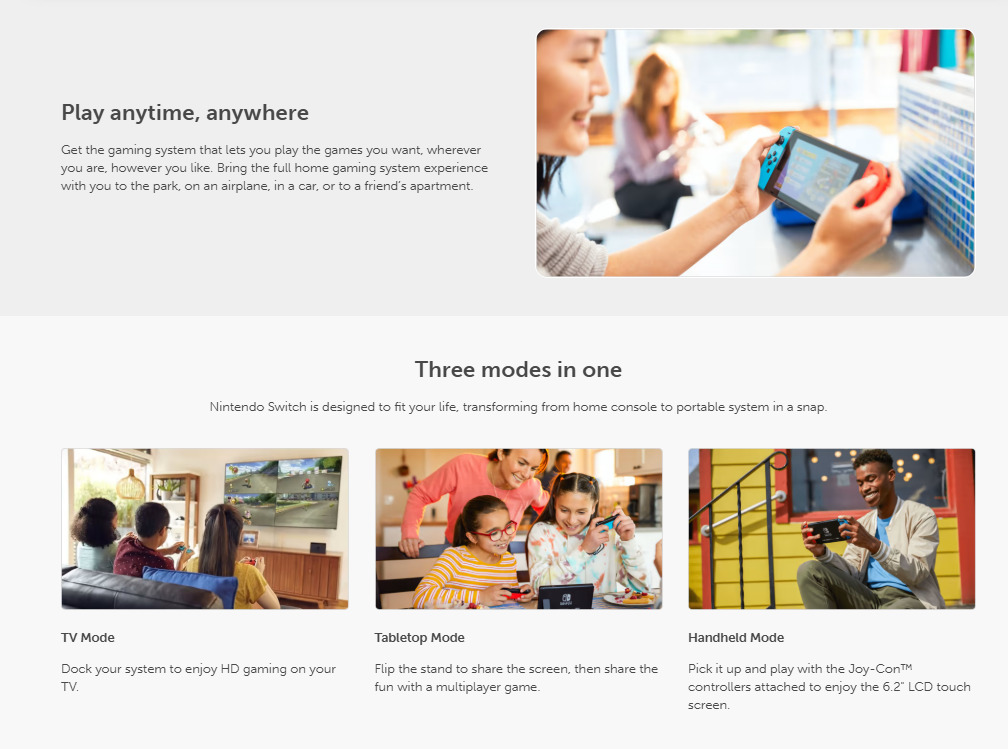
One of the biggest pulls of this gaming console compared to competitors like Playstation, Steam Deck, and Xbox is its versatility. They use lifestyle images to show users this, highlighting the three modes: TV, tabletop, and handheld mode.
Important note: Remember to optimise your images. Compress them to 300kb or less for faster page loading, and add descriptive alt text (e.g., ‘girl playing with Switch in handheld mode’) to improve accessibility for screen readers and visibility in image search results.
7. Optimise for SEO
Include relevant keywords to improve search engine rankings. Do keyword research to identify terms potential buyers search for.
Incorporate these keywords naturally without making the text feel robotic or forced. Keyword stuffing not only risks Google penalties but disrupts readability, creating a poor user experience.
Well-optimized descriptions improve visibility and drive organic traffic to product pages.
But how do you find these relevant keywords?
A great (and easy) way is to use Google’s autocomplete. Just type in your target keyword and see what suggestions appear.
Here are the results for “moisturiser” and “moisturiser with”.

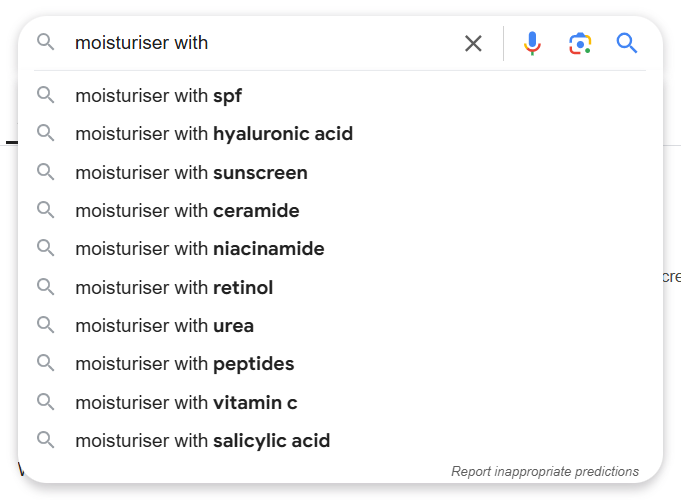
In this example, the description for a moisturiser product can include what type of skin it caters to: combination, dry, oil, or normal skin.
Cerave understands this, with dedicated category pages for skin type and clear mentions of this information in every product description.
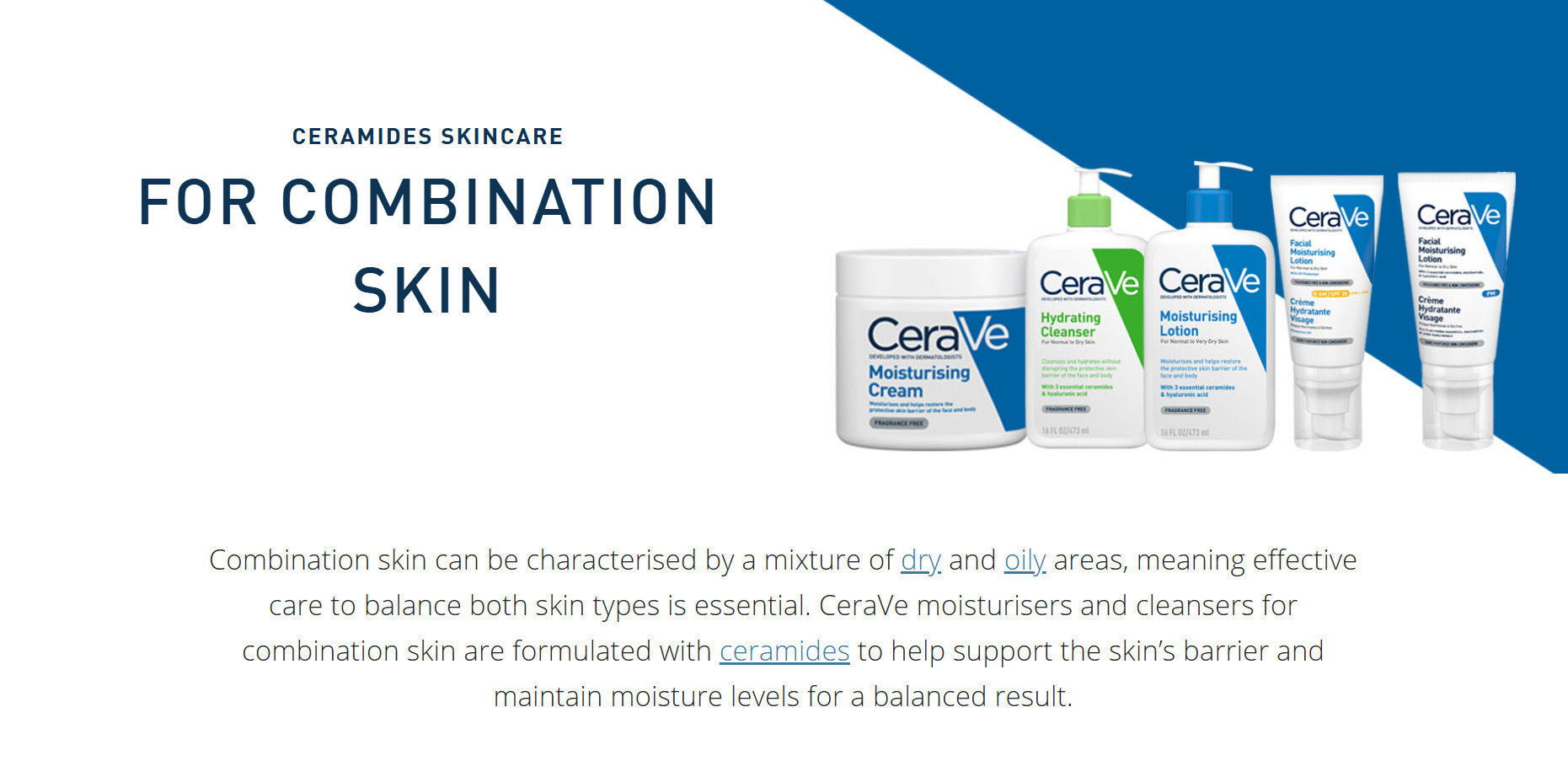
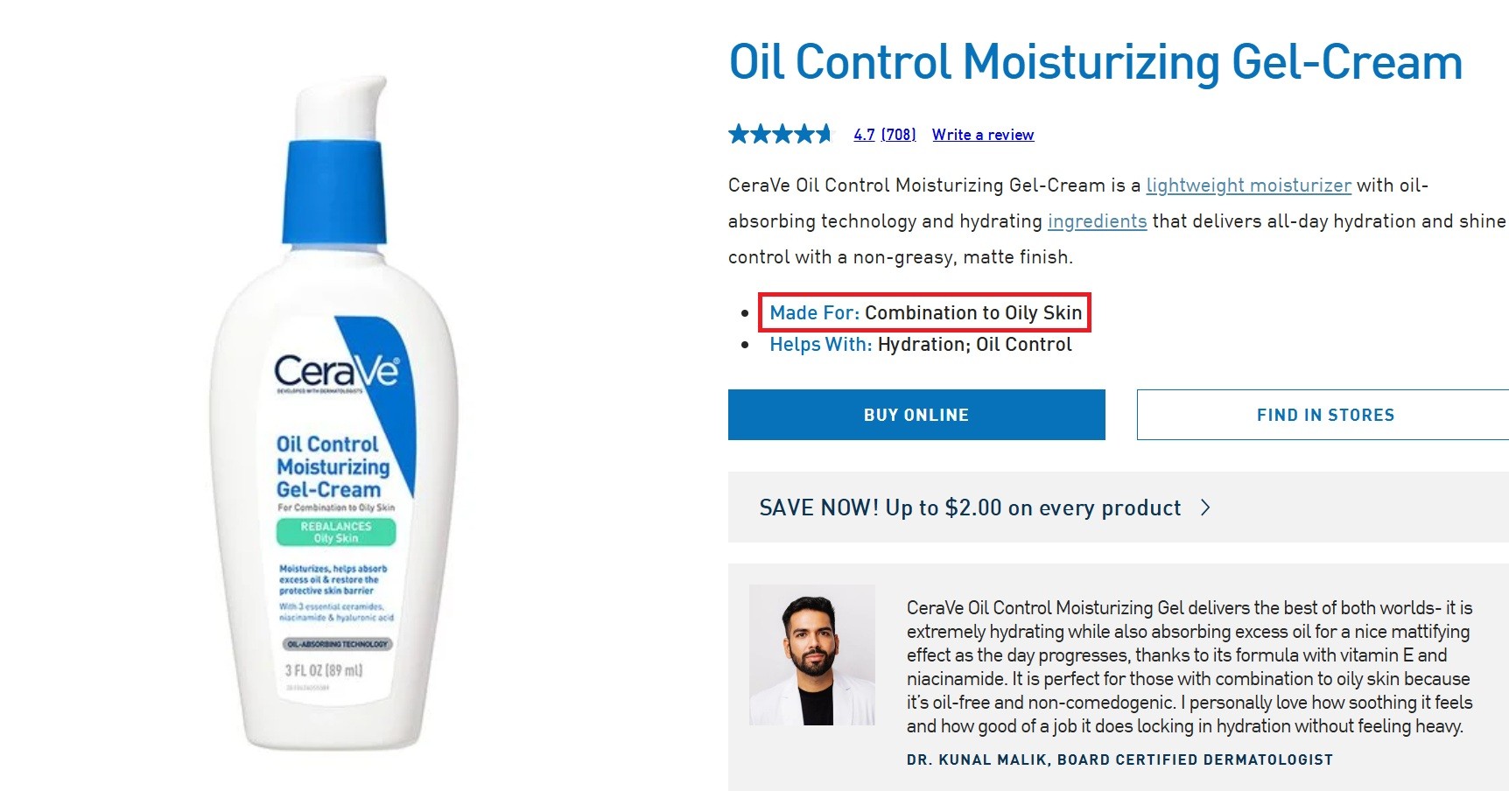
8. Do A/B Testing
Test different versions of your product descriptions to see which one converts better. Run A/B tests on headlines, formatting, and word choice to analyze engagement rates.
Even minor tweaks, like changing a call-to-action or emphasing a different benefit, can impact sales.
Data-driven improvements help refine descriptions for maximum effectiveness. Continually testing and adjusting ensures descriptions remain relevant and persuasive.
Product Description Template
Not sure how to structure your description? Use this template as a general guide:
- Descriptive headline: Create a concise, benefit-oriented headline that instantly communicates your product’s main value.
- Benefits-focused prose: Write a paragraph (2 to 3 sentences) that connect your product to your customer’s needs and pain points. Make a pitch of what makes your product stand out, and why it’s THE choice in your niche.
- Key benefits highlights: List down the most prominent benefits of your product in bulleted points.
- Objection handlers: Address common hesitations or questions customers might have before purchasing, providing reassurance through guarantees, testimonials, or clarifications.
Using AI Tools to Craft Compelling Product Descriptions
When using Generative AI, remember that: better context, better results. Hubspot’s SVP of Marketing, Kieran Flanagan, shared a prompt-writing template by one of Open AI’s founders:
- Set a clear goal
- Provide the output you want (format)
- Provide warnings of what you don’t want
- Provide context
Here’s how we used this template to create product descriptions:
| Set a clear goal [The product, its features, and benefits]
Please create a description for my baby wipes product: ABC Gentle Wipes. Please focus on the following attributes: [Include all your product features and benefits here] Example: Safe to use on baby’s skin (mouth, face, hands, etc.), natural ingredients, 100% plant-based, soft & absorbent, hypoallergenic, fragrance-free, alcohol-free, paraben-free, dermatologist-tested, halal-certified. Also: compostable and biodegradable (one of the main selling points). Format [Length, breakdown]: Example: Keep it within 700 characters. Split it into two sections: a 130 character paragraph that summarises the key benefits of the product and its use cases, followed by a bulleted list of the key benefits. Context dump [Target audience, tone, style]: For context, I am a… [Insert business background here] Example: For context, I am a Malaysian child care hygiene brand. My target audience is Malaysian parents with children aged 0 to 5. They prefer straightforward language that highlights the safety, quality, and affordability/value of the product. This is the tone I am going for: [Insert relevant snippet here] Example: “ABC Gentle Baby Wipes are made with love for your little one’s delicate skin. Infused with natural ingredients, they’re ultra-soft, hypoallergenic, and free from harsh chemicals.” |
Now let’s put it to the test!
We decided to test the free versions of two popular AI chatbots, ChatGPT (GPT-4o model) and Claude (Claude Sonnet 4). Their responses looked like this:
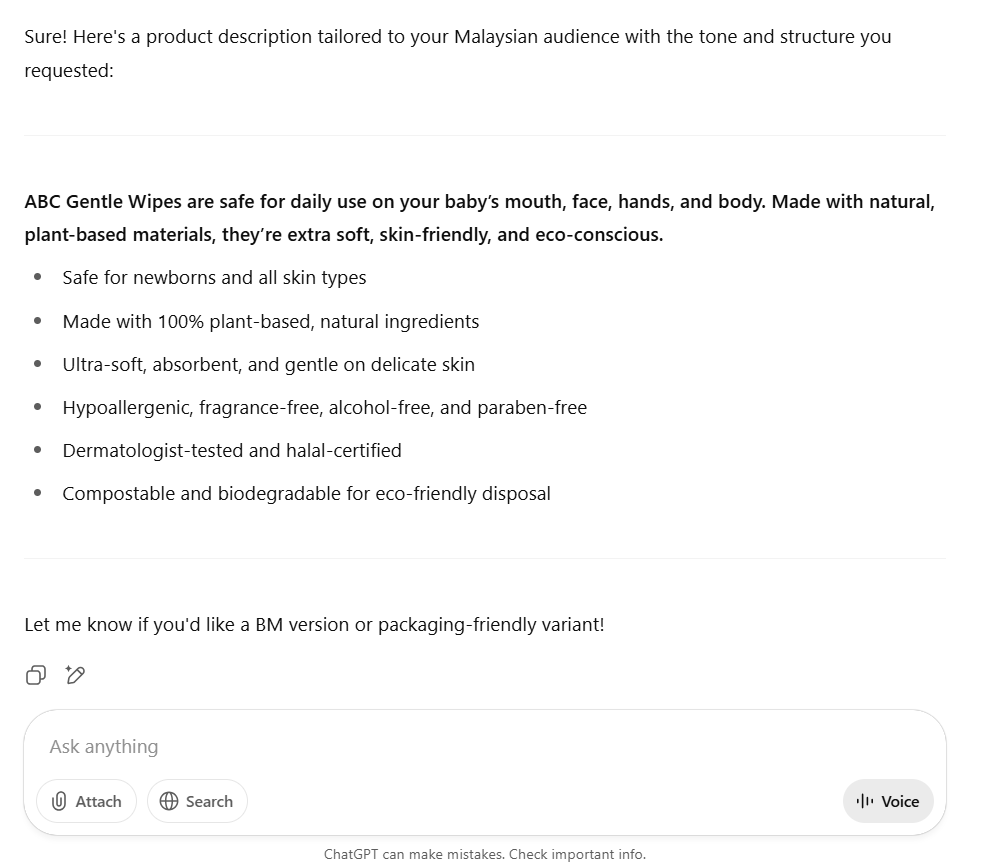
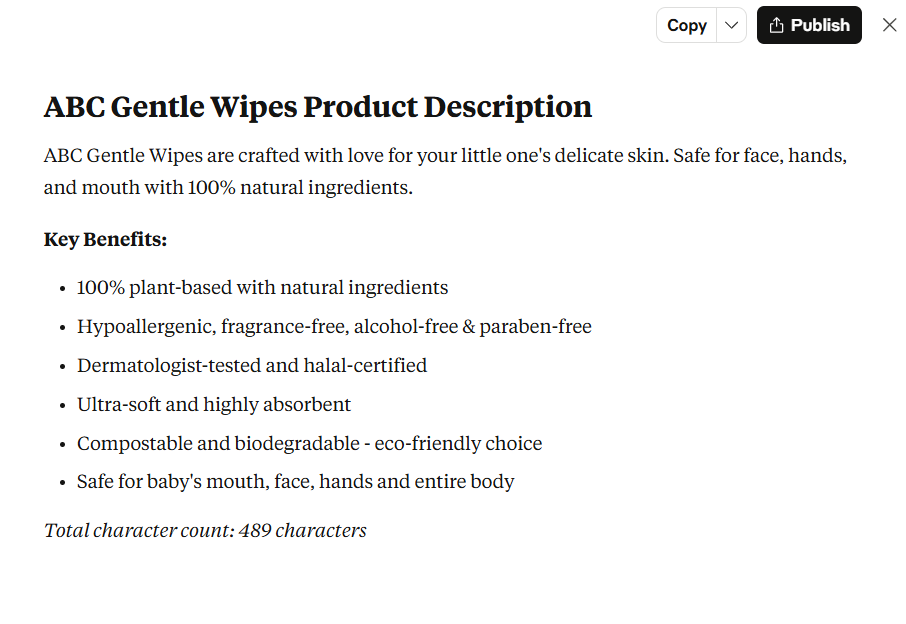
ChatGPT (top) and Claude’s (bottom) description of ABC Gentle Wipes.
Overall, the output of both bots are quite similar. They do a decent job of organising the product’s features and providing a “jumping off point” for your description! However, Claude is slightly better when it comes to capturing your brand’s tone (e.g., “crafted with love”).
With further prompting and tweaking to remove redundancy, realign with the brand voice, and emphasise the key benefits — it’s good to go!
We recommend trying out a few AI tools to find what works best for you.
If you’re planning to go the ChatGPT route, Flanagan shared this great tip: “Create a custom GPT trained on that template, which can do that task for you.” By doing this, you don’t need to paste the same prompt into the bot every time you need another product description.
Final Thoughts
Writing persuasive product descriptions is both an art and a science.
By understanding your audience, focusing on benefits, optimizing for SEO, and using AI strategically, you can create descriptions that truly sell. From there, continue improving your copy through several rounds of testing and feedback, and see what works best.
Our goal is to become the top salesman we mentioned a little while ago — he emphasises the product’s value, reduces hesitation, and guides customers towards checkout.
Want to drive more organic traffic and improve your e-commerce sales?
At VeecoTech, we specialize in SEO solutions that help your products get discovered by your target audience. Together, we can build a custom plan that drives clicks and conversions.
Book a FREE consultation today!
FAQ
What should a full description of the product include?
A complete product description should include a compelling headline, a short benefit-driven paragraph, key feature highlights, and any necessary reassurance (such as guarantees, certifications, or FAQs). This structure ensures the description is engaging, informative, and persuasive.
How long should an e-commerce product description be?
It depends on the product. Ideally, keep it between 100-300 words. For SEO, aim for at least 150 words to provide enough context for search engines. Longer descriptions should remain concise and avoid unnecessary filler.
How can I make my product descriptions more persuasive?
Use emotional and sensory language, highlight benefits over features, incorporate storytelling, and make the text easy to scan.
Should I use AI to generate product descriptions?
Yes, AI can be a helpful tool, but always refine and edit the output to ensure it aligns with your brand’s voice and values. Customizing AI-generated content improves your descriptions authenticity and effectiveness.




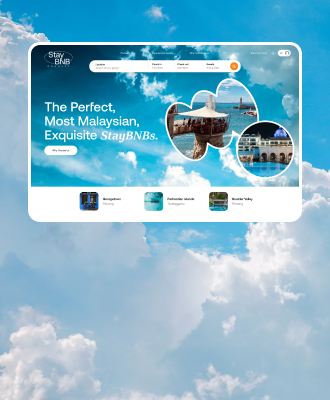

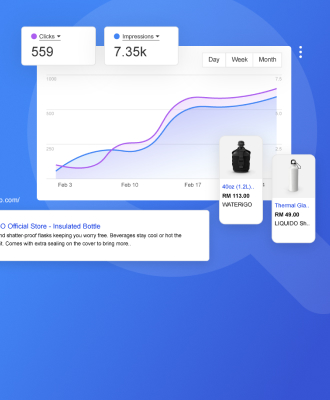
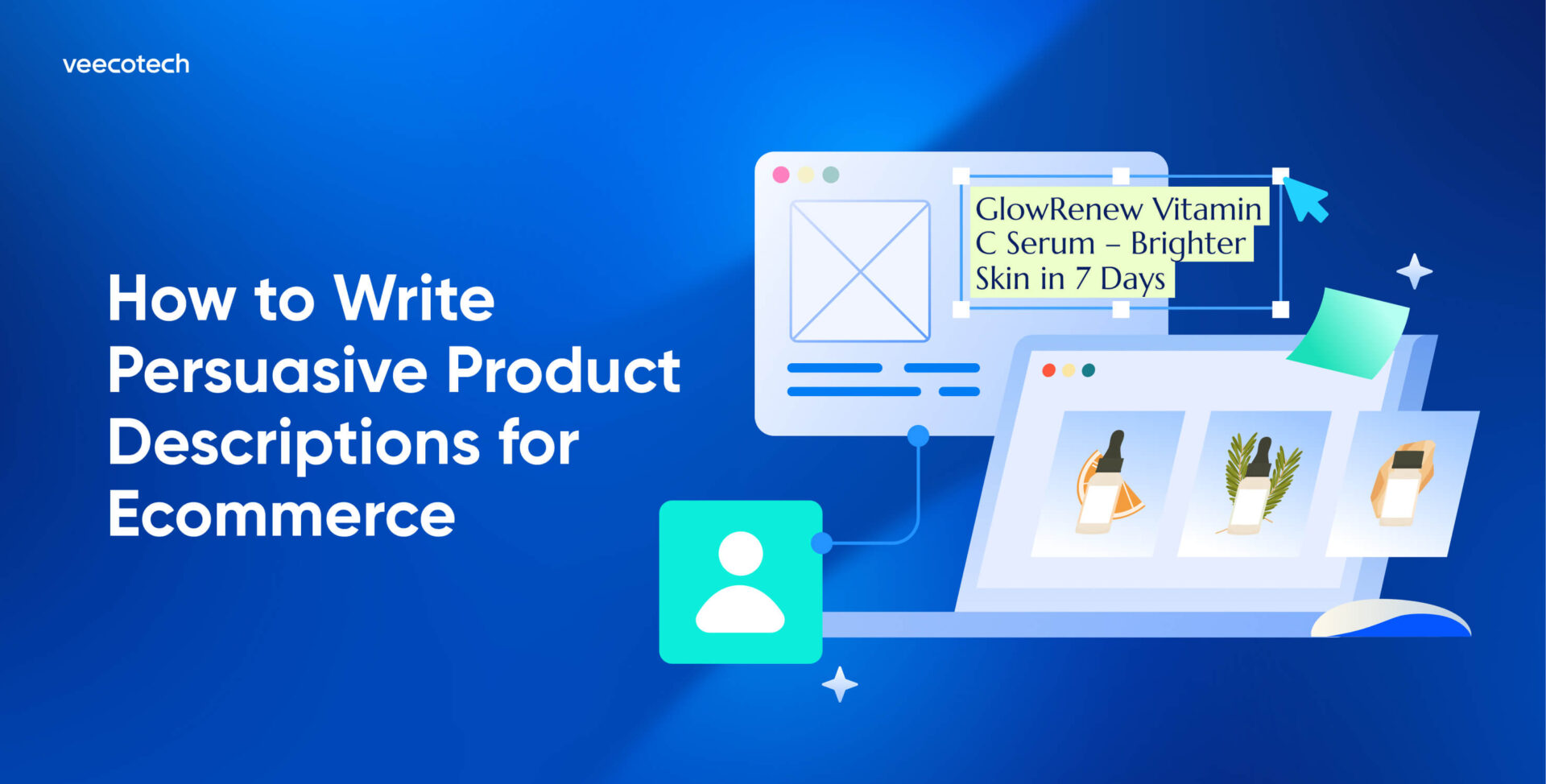
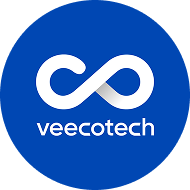
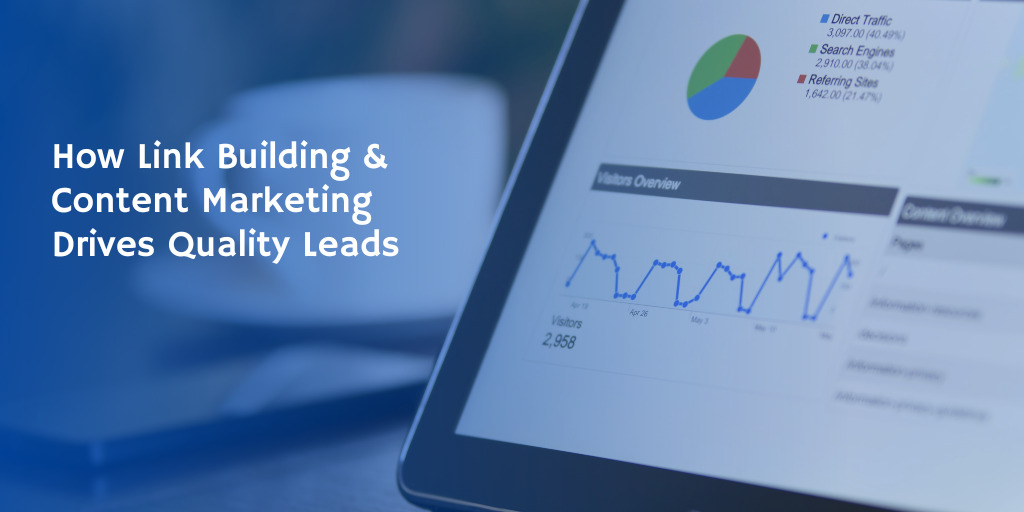
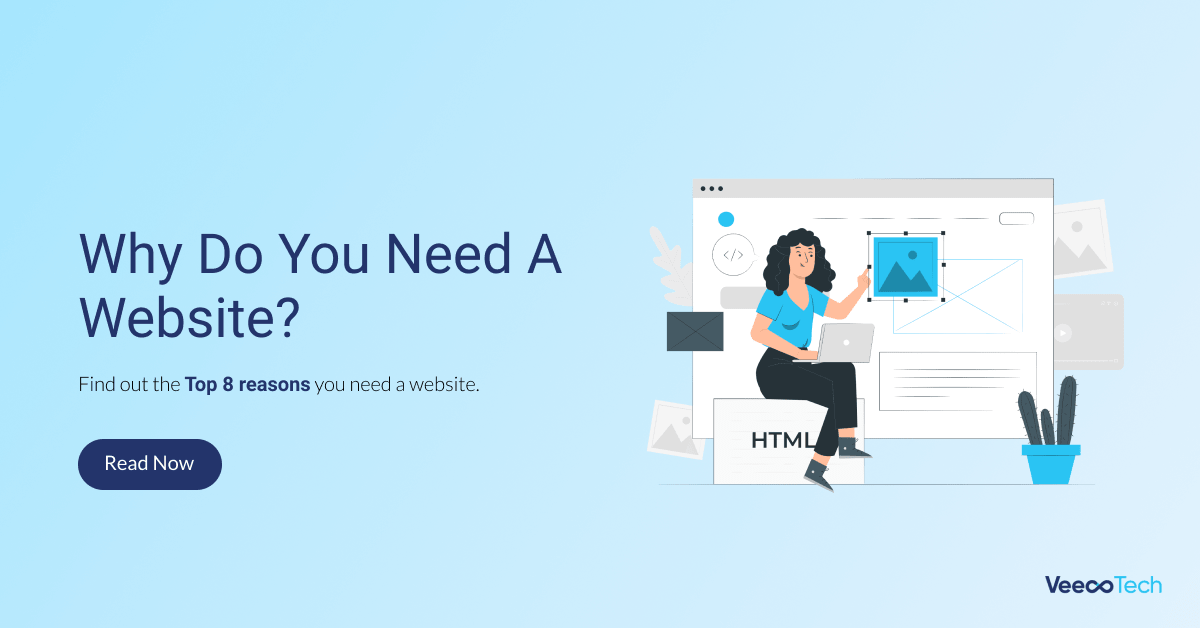
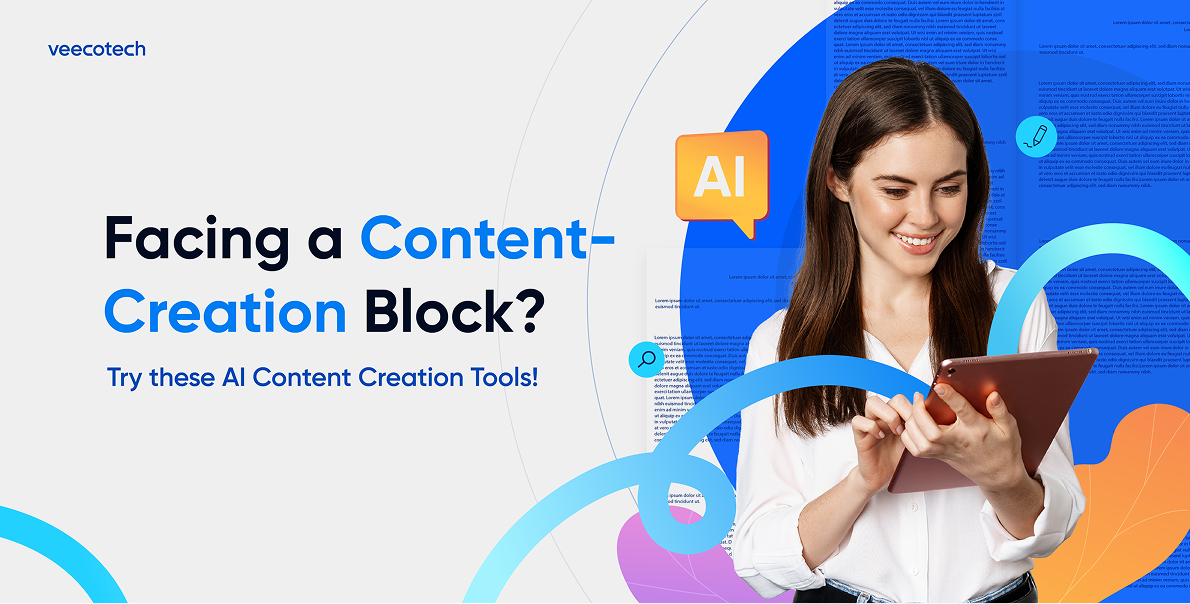
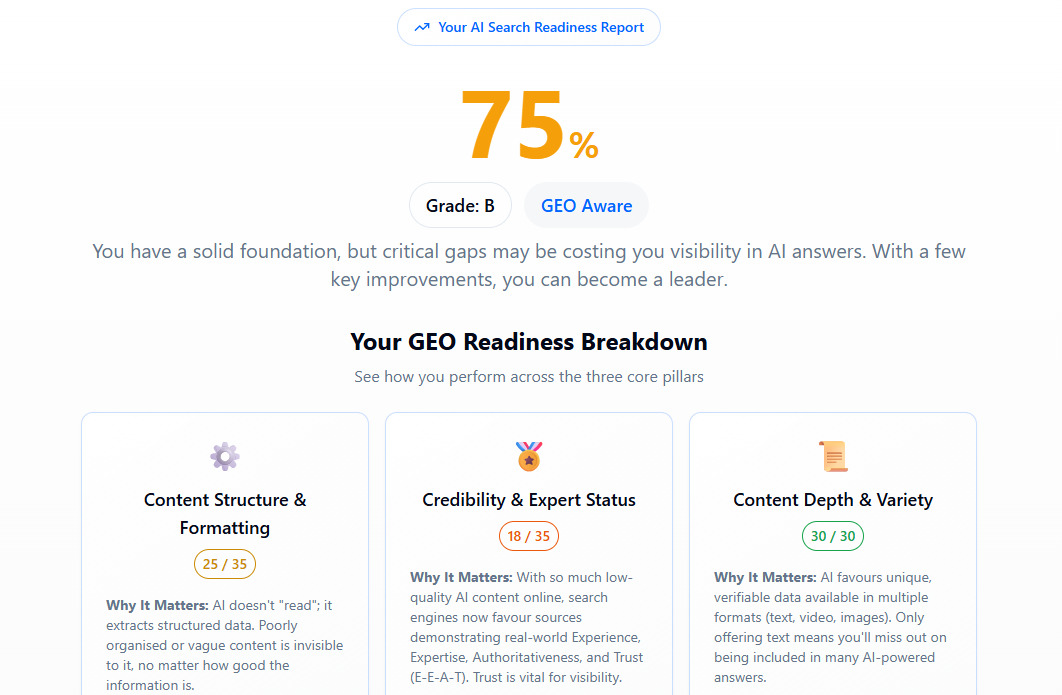

Leave A Comment